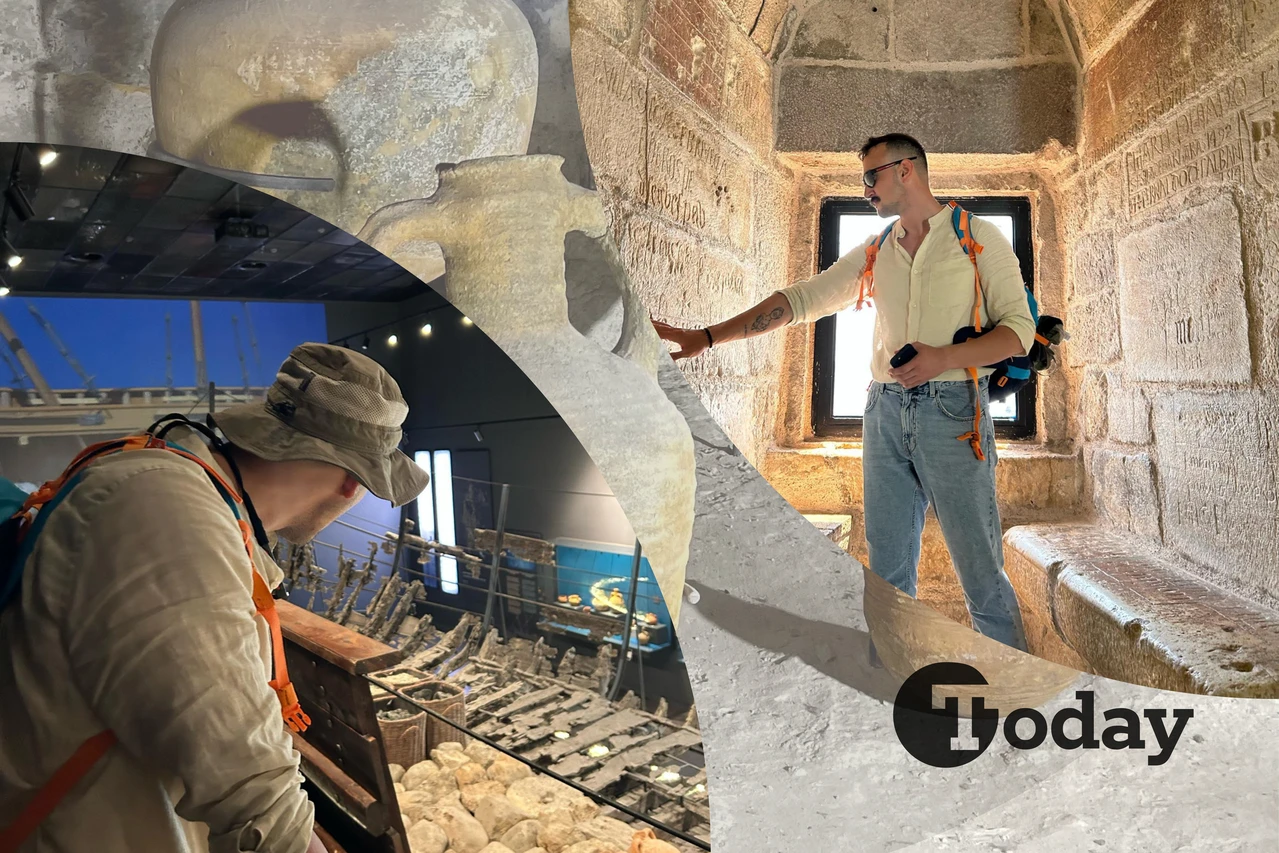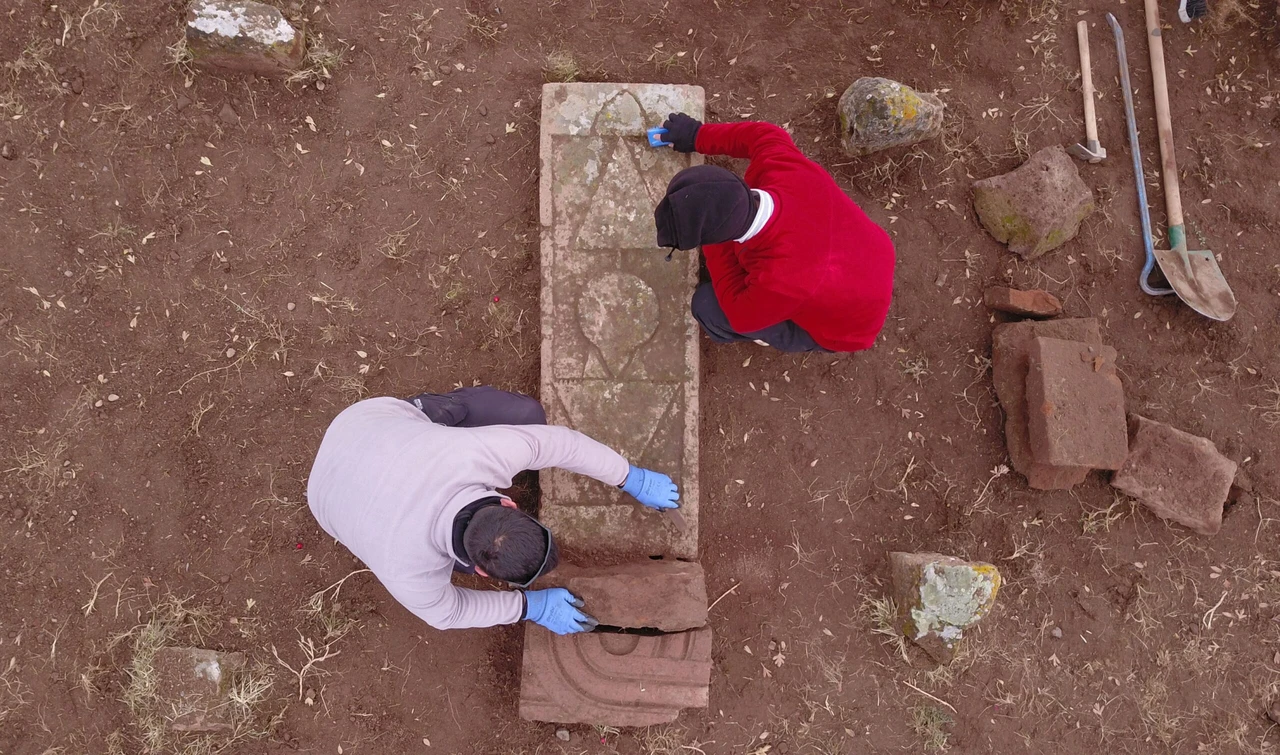Hittite royal seals unearthed in Türkiye, reshaping history
 More than 50 seal impressions belonging to princes, chief scribes, scribes, and lords of the rock temple were unearthed during excavations at the Hittite city of Kayalipinar, formerly known as "Samuha," located in Sivas, Türkiye, September 20, 2024 (AA Photo)
More than 50 seal impressions belonging to princes, chief scribes, scribes, and lords of the rock temple were unearthed during excavations at the Hittite city of Kayalipinar, formerly known as "Samuha," located in Sivas, Türkiye, September 20, 2024 (AA Photo)
Recent archaeological excavations in Kayalipinar, a historic Hittite city in the Yildizeli district of Sivas, have revealed over 50 seal impressions from royal family members, including princes, scribes and local temple lords.
These findings have shed new light on the Hittite royal lineage and the city’s significant role in the empire’s administration.
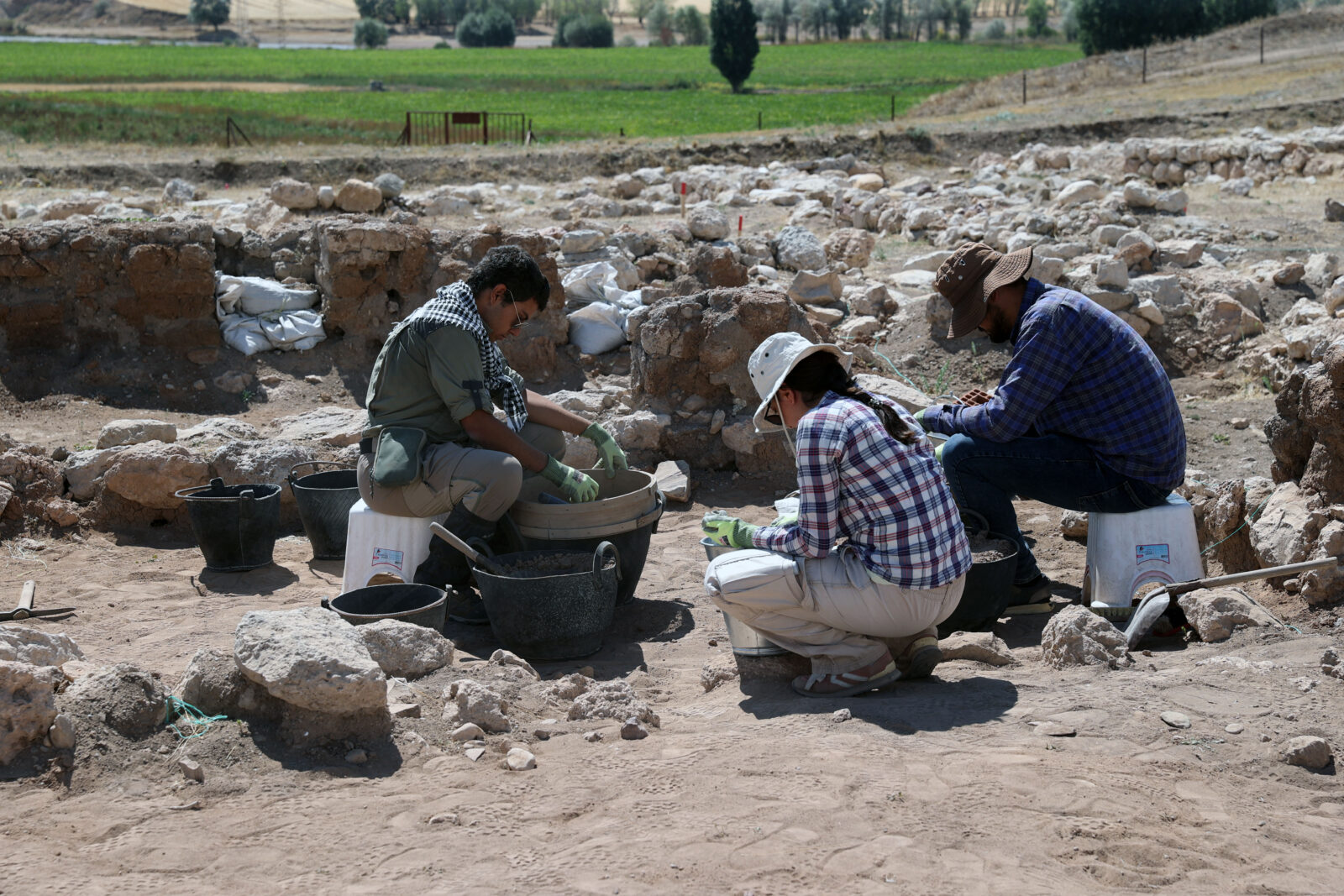
Under the supervision of associate professor Cigdem Maner from Koc University’s Department of Archaeology and History of Art, the excavations are continuing with the permission of the Ministry of Culture and Tourism. Kayalipinar, also known as Samuha in ancient times, was one of the largest cities on the eastern frontier of the Hittite Empire.
The discoveries include remnants from multiple periods, such as the Assyrian trade colonies, and the Hittite, Roman, and Byzantine eras, providing insight into the continuous occupation of the area from the Paleolithic Age to the Seljuk period.
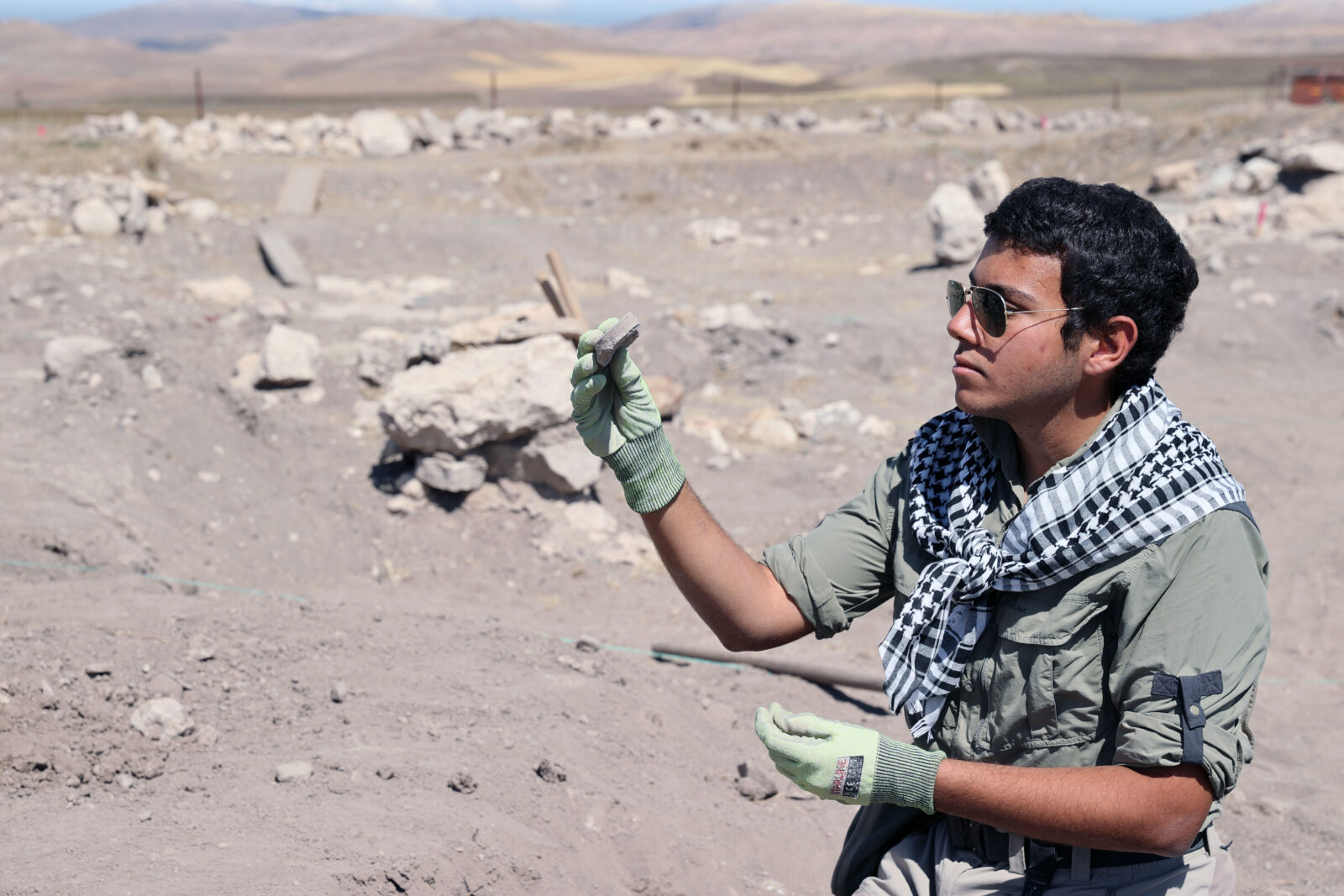
Window into Hittite royal history
Maner highlighted the architectural discoveries at the site, noting that structures from the Assyrian trade colonies, Hittite, Roman, and Byzantine periods have been unearthed.
“We continued excavating the Hittite administrative building from last year, uncovering more seal impressions. These findings are crucial in reevaluating the history of the Hittite royal family,” said Maner.
The team also uncovered evidence of a major fire that destroyed structures from the Assyrian trade colonies era, as well as new findings from different phases of Hittite architecture, a Roman road, and Byzantine-era structures.
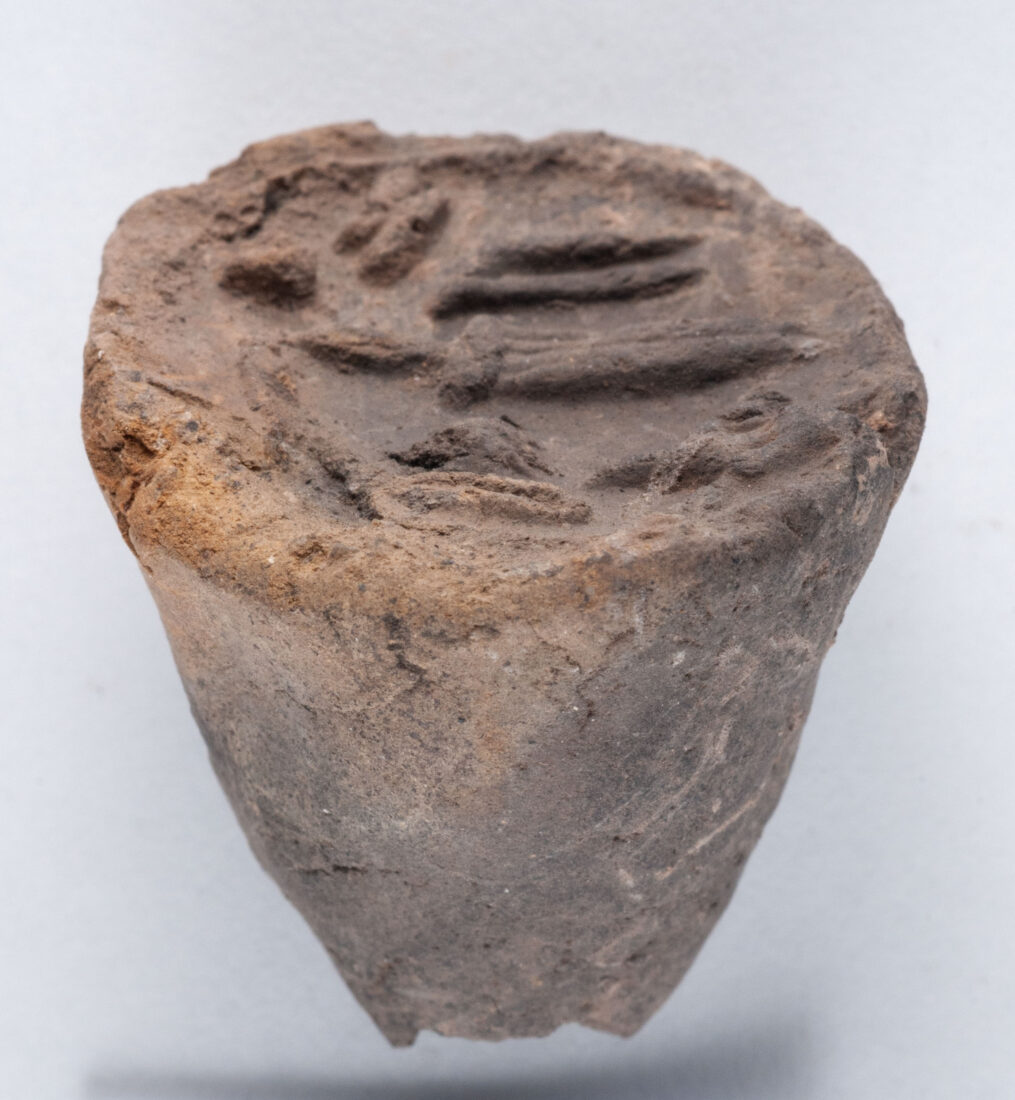
Seals reveal royal family and high officials
Professor Hasan Peker, a Hittitologist from Istanbul University and philologist for the Kayalipinar excavation explained that the city of Kayalipinar, identified as Samuha, was likely the capital of the “Upper Country,” a key administrative region of the Hittite Empire.
“The cuneiform tablets and hieroglyphic seal impressions uncovered here are among the most significant findings,” said Peker. The team is currently working in a destroyed archive room, where they found seals belonging to high-ranking officials and members of the royal family.
“Since last season, over 50 seal impressions have been uncovered. This year, we found numerous seals bearing the names of princes, who were either connected to the royal family through marriage or blood ties,” added Peker.
Among the notable discoveries is the seal of a prince named HattusaRuntiya, meaning “Protector of Hattusa,” the ancient Hittite capital. Other seals include those of Pihaya, a scribe believed to have served under Queen Puduhepa, and ArmaTarupasani, a servant of the Moon God.

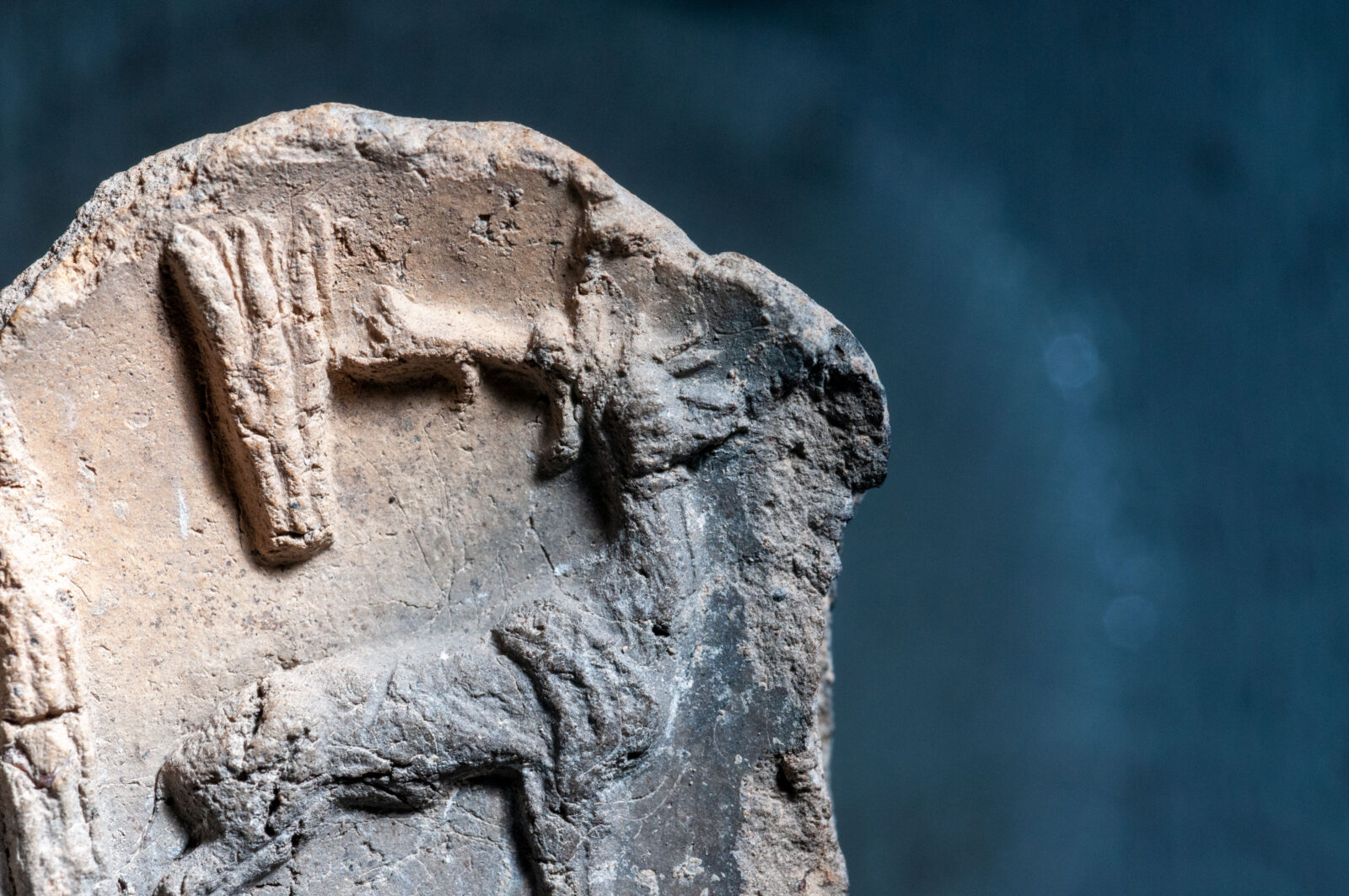
Seals offer insight into Hittite governance
“These seals are not only valuable for confirming the existence of these historical figures, but they also provide essential data on the Hittite administrative system,” explained Peker. The seals were used to authenticate economic and administrative documents, solidifying Kayalipinar’s importance in Hittite governance.
The excavations have also helped push back the historical timeline of Kayalipinar. “Based on the newly found written documents, we know that Kayalipinar was closely linked to King Hattusili III in the early 13th century B.C. The seals and hieroglyphic inscriptions connect the site to the king’s nephew, son, and grandson. However, the city’s history dates back much further,” Peker concluded.
These significant findings not only enrich our understanding of Hittite history but also place Kayalipinar firmly in the annals of ancient world archaeology.
